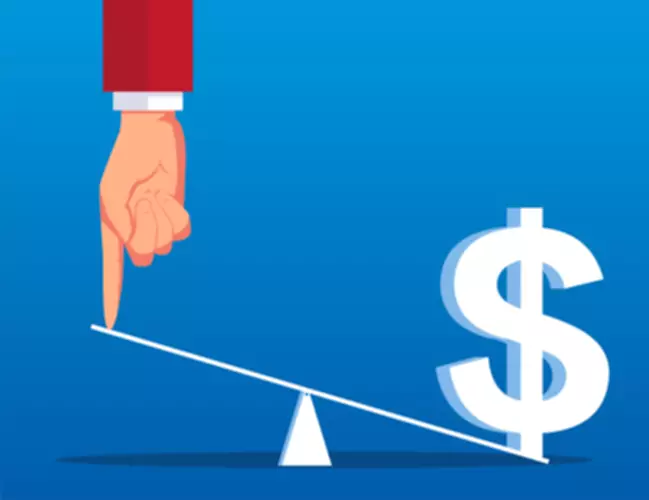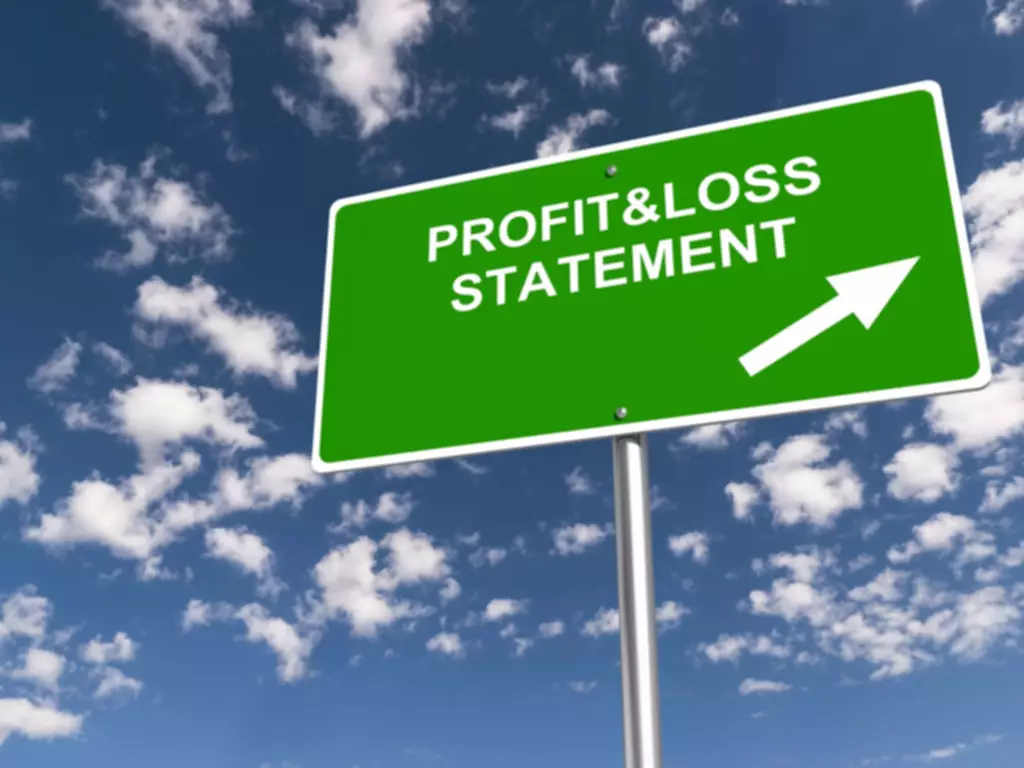Straight-line depreciation Wex LII Legal Information Institute
Content

First and foremost, you need to calculate the cost of the depreciable asset you are calculating straight-line depreciation for. After all, the purchase price or initial cost of the asset will determine how much is depreciated each year. Companies use depreciation for physical assets, and amortization forintangible assetssuch as patents and software. Both conventions are used to expense an asset over a longer period of time, not just in the period it was purchased. In other words, companies can stretch the cost of assets over many different time frames, which lets them benefit from the asset without deducting the full cost from net income . Straight line basis is a method of calculating depreciation and amortization, the process of expensing an asset over a longer period of time than when it was purchased.
These numbers can be arrived at in several ways, but getting them wrong could be costly. Also, a straight line basis assumes that an asset’s value declines at a steady and unchanging rate. This may not be true for all assets, in which case a different method should be used. With the straight line depreciation method, the value of an asset is reduced uniformly over each period until it reaches its salvage value. Straight line depreciation is the most commonly used and straightforward depreciation method for allocating the cost of a capital asset. It is calculated by simply dividing the cost of an asset, less its salvage value, by the useful life of the asset.
The Struggles of Private Company Accounting
As buildings, tools and equipment wear out over time, they depreciate in value. Being able to calculate depreciation is crucial for writing off the cost of expensive purchases, and for doing your taxes properly. To calculate depreciation using a straight line basis, simply divide net price by the number of useful years of life the asset has.

A company building, for example, is being used equally and consistently every day, month and throughout the year. Therefore, the depreciation value recorded on the company’s income statement will be the same every year of the building’s useful life. There are a couple of accounting approaches for calculating depreciation, but the most common one is straight-line depreciation. The concept of depreciation in accounting stems from the purchase of PP&E – i.e. capital expenditures . Determine the initial cost of the asset that has been recognized as a fixed asset. According to straight-line depreciation, this is how much depreciation you have to subtract from the value of an asset each year to know its book value. Book value refers to the total value of an asset, taking into account how much it’s depreciated up to the current point in time.
Straight Line Depreciation
As such, the income statement is expensed evenly, and so is the asset’s value on the balance sheet. The asset’s carrying amount on the balance sheet reduces by the same amount. The straight line depreciation method ensures assets are accurately accounted for in a business’ financial statements. If you’re looking for resources to help with your finances, check out these small business accounting software and free accounting software options. The depreciation expenses could be tallied as an expense and put in the business’s income statement for that month. The same amount would then be put under accumulated depreciation as a credit. This will help a business to cumulatively see how much they are writing off through their depreciating assets.
Description of depreciation – Carwash Online
Description of depreciation.
Posted: Thu, 29 Sep 2022 07:00:00 GMT [source]
Depreciable property is an asset that is eligible for depreciation treatment in accordance with IRS rules. Investopedia requires writers to use primary sources to support their work. These include white papers, government data, original reporting, and interviews with industry experts. We also reference original research from other reputable publishers where appropriate. You can learn more about the standards we follow in producing accurate, unbiased content in oureditorial policy. Daniel Liberto is a journalist with over 10 years of experience working with publications such as the Financial Times, The Independent, and Investors Chronicle. He received his masters in journalism from the London College of Communication.
Example of Straight Line Depreciation
To record the purchase of the copier and the monthly depreciation expense, you’ll need to make the following journal entries. The other popular methods used in calculating depreciation value are; Sum of years method or unit of production method and double declining balance method. The next step in the calculation is simple, but you have to subtract the salvage value.
- Determine the initial cost of the asset that has been recognized as a fixed asset.
- Also known as straight line depreciation, it is the simplest way to work out the loss of value of an asset over time.
- Depending on your particular business and the assets you are depreciating, you want to choose the method that most accurately reflects the rate of use and deterioration of your assets.
- When the straight-line method is used each full year’s depreciation expense will be the same amount.
- An asset’s salvage value is the estimated amount of the asset’s worth when it gets to the end of its useful life.
- Using the same figure year after year keeps the bookwork simple and enables the quick calculation of expenses and deductions.
- Residual value is the estimated value of a fixed asset at the end of its lease term or useful life.
This method is regarded as the most accurate representation of devaluation, as it more closely reflects the actual wear and tear that assets go through. When using the units of production method, more resources are needed to collect enough data over long periods of time. Because of additional efforts required for this method, it is typically used for higher-value equipment. Depreciation is a reduction of a fixed asset’s value over the time the asset is used.
Straight line depreciation definition
Once you have calculated this figure, subtract that amount each year from the asset value to find its current value or book value. Four types of depreciation systems are commonly available within accounting. Depending on your particular business and the assets you are depreciating, you want to choose the method that most accurately reflects the rate of use and deterioration of your assets. Asset depreciation is designed to help companies spread out the purchase price of a more expensive piece of equipment throughout the years of its life cycle. While operating expenditures are tax-deductible during the year they are incurred, capital expenditures are not.
- This method would be used if calculating things such as the mileage of a vehicle or pages printed from a printer.
- When you calculate the cost of an asset to depreciate, be sure to include any related costs.
- They are normally found as a line item on the top of the balance sheet asset.
- It would be inaccurate to assume a computer would incur the same depreciation expense over its entire useful life.
- On the other hand, operating expenditures are smaller and tend to be incurred in a single accounting period.
The same amount is taken out on your tax return every year, so there is no guesswork involved. You are also allowed to depreciate capital improvement for the property you lease. Straight line depreciation is the simplest and most convenient way to describe the devaluation of an asset. With straightforward requirements, it is a versatile method that is applicable to most businesses and industries. After the financial statements are distributed, it is reasonable to learn that some actual amounts are different from the estimated amounts that were included in the financial statements. Depreciation is recorded in the company’s accounting records through adjusting entries.
Join over 140,000 fellow entrepreneurs who receive expert advice for their small business finances
If you sell the equipment for more than the salvage value, you have to record a profit in the income statement. However, if you sell the equipment at the end of its useful life for less than the salvage value, you will need to record this as a loss. During the same time, the cash flow statement will show an outflow of $1,000. Other reasons for using straight line depreciation is that this method is uncomplicated, simple to apply and easy to understand.

Daniel is an expert in corporate finance and equity investing as well as podcast and video production. Note how the book value of the machine at the https://www.bookstime.com/ end of year 5 is the same as the salvage value. Over the useful life of an asset, the value of an asset should depreciate to its salvage value.
Let’s take a deeper look into what it takes to calculate an asset’s depreciation using the straight line method. If you’re an entrepreneur, you’ll have to account for your business’ assets according to the generally accepted accounting principles . There are a few ways to calculate depreciation, but straight line depreciation is the simplest method used by accounting professionals. When you’re interviewing for accounting roles, employers will expect you to understand common business terms and formulas like straight line depreciation. What will set you apart, however, is an ability to bridge accounting theories with real-time business practice, working well with various teams, and considering the human impact behind your work. If you want those standout skills for your job search, you should consider an online master’s in accounting degree from Yeshiva University’s Sy Syms School of Business. Some assets wear out over the years and begin losing their value; for example, computers, tools, equipment, vehicles and buildings can depreciate over time and must be repaired or replaced.


























































